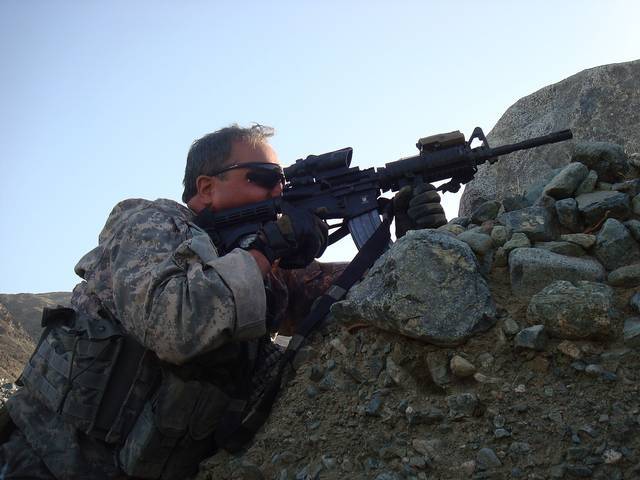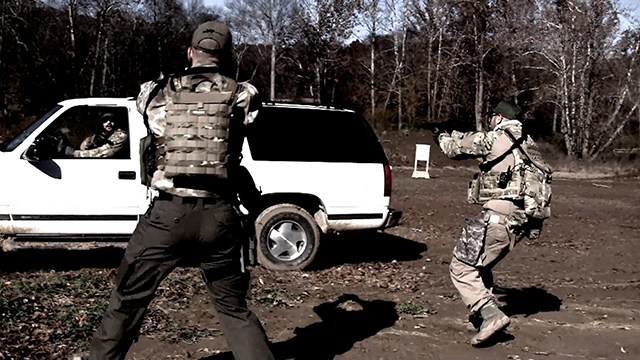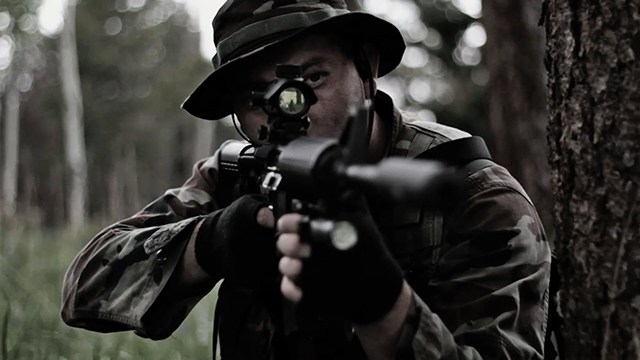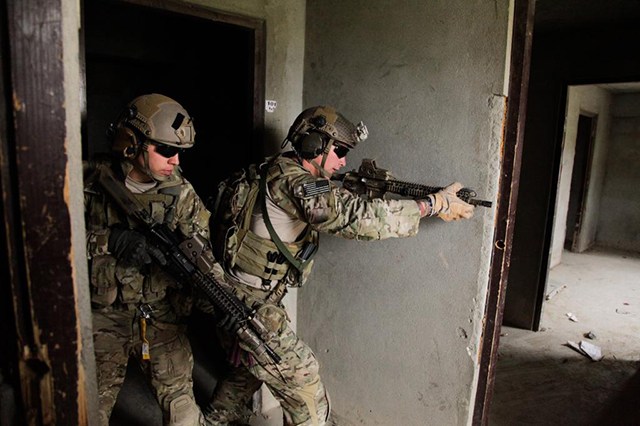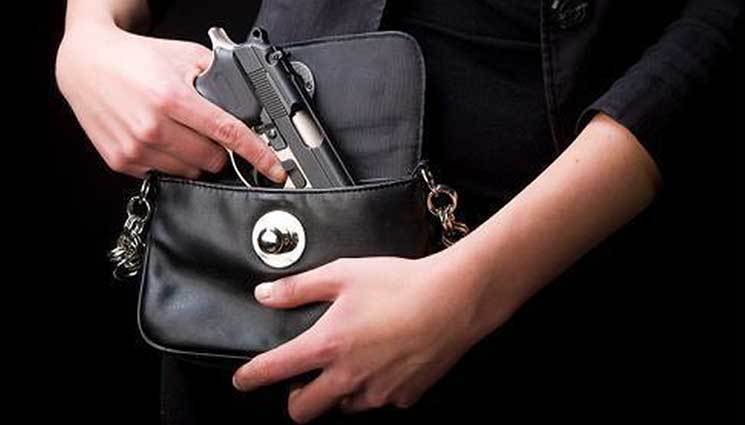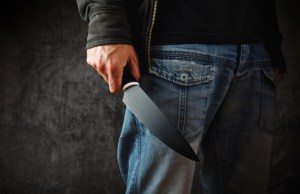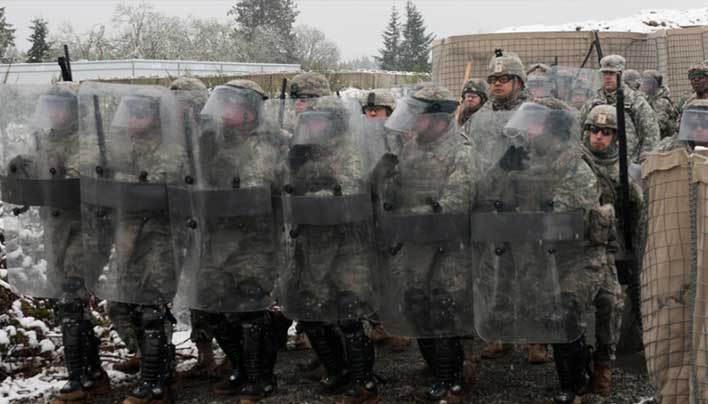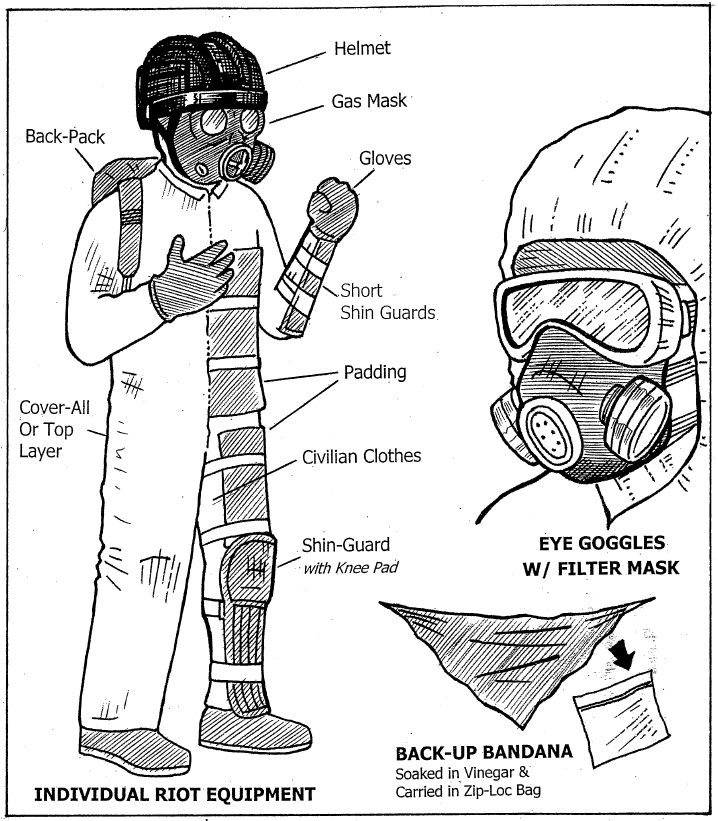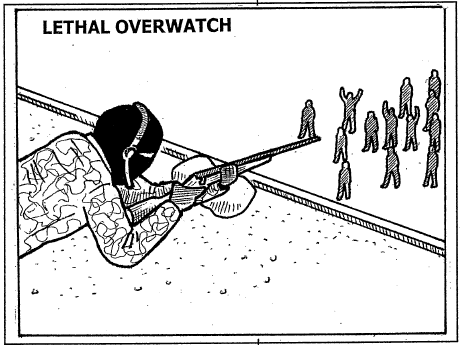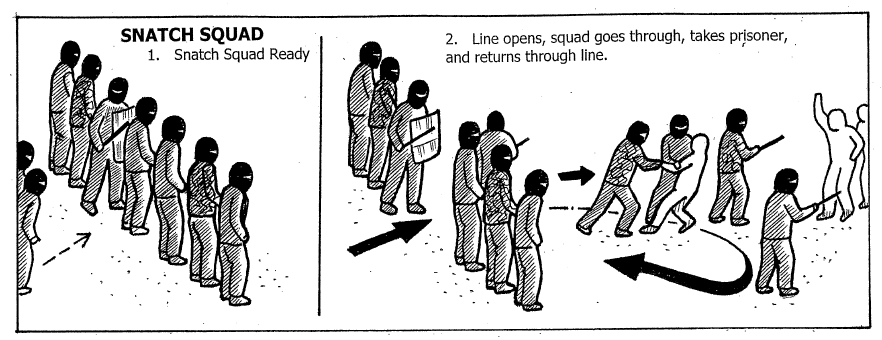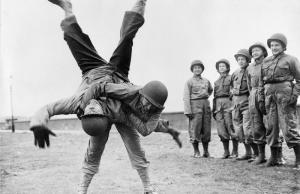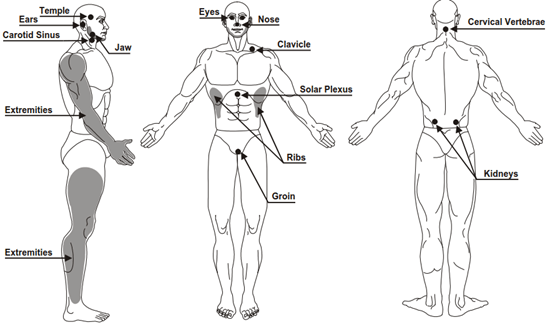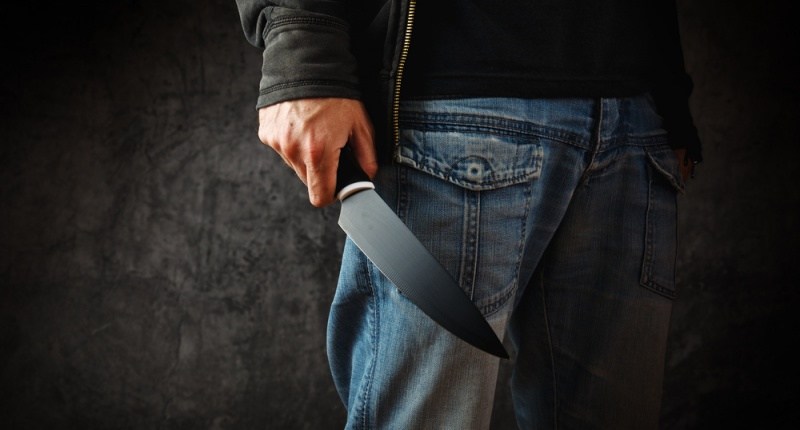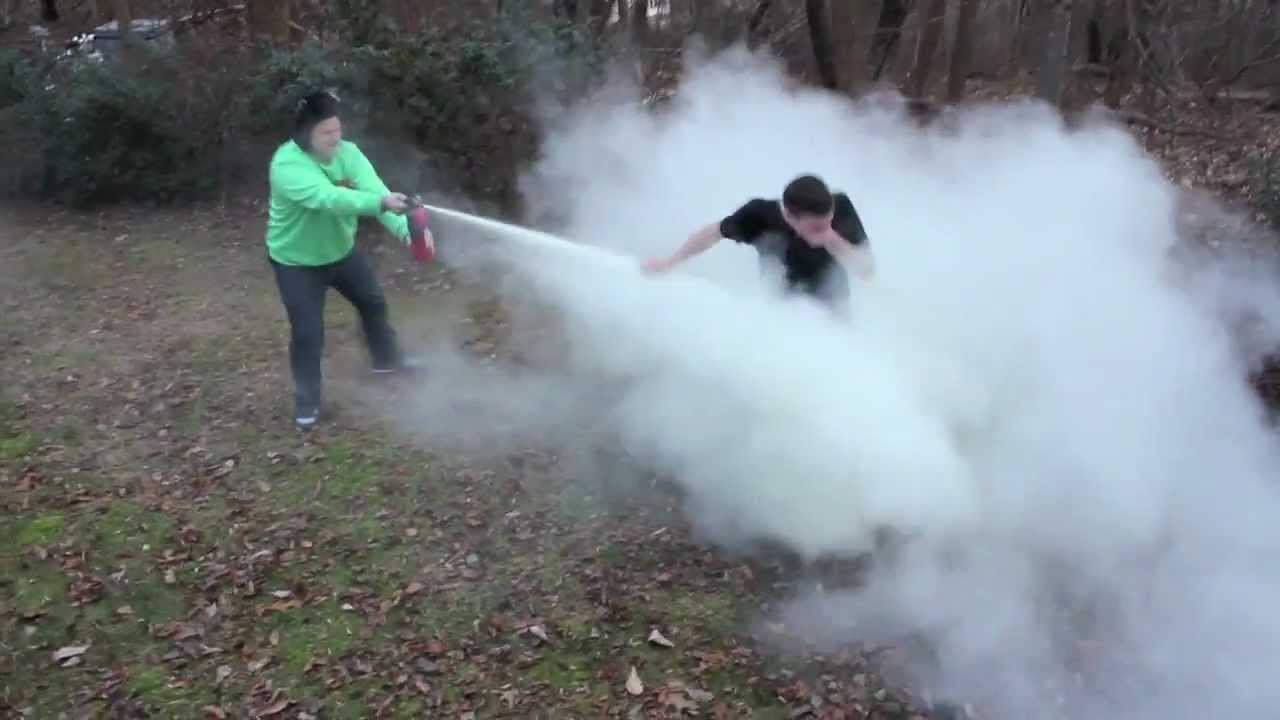Do You Shoot: What if Your Imaginary Bad Guy isn’t Who Shows Up?
I have heard it stated somewhere “intent plus capability equals threat”. I believe it is an old formula used by people smarter than me when they are planning how to distribute defensive resources. I actually heard that phrase again recently while listening to the radio and it caused me to consider this formula as a basis for planning your response to different potential threats.
As a prepper, I believe it is vital to have a plan for security. The world can be an ugly place in times of crisis and depending on the situation, once reasonable, kind and rational people can become killers. Even if they don’t become killers, you could face a threat from incredibly desperate people who while not wanting to hurt you would do anything to protect or provide for their own loved ones. It is times like this that you could have to depend on a firearm to save your life.
On Final Prepper I advocate that everyone become prepared to handle the disruptions in life that we see every day on the news. There are earthquakes that disrupt entire communities, hurricanes that destroy the homes of thousands, tsunamis that impact entire regions, nuclear meltdowns that threaten everyone, virus outbreaks that are flown around the globe, chemical spills that poison the water and on and on. These are normal events that happen in our lives. These aren’t crazy conspiracy theories, they are real and my mission has been to wake people up to the potential for events like this coming to your town. Because if you take some simple steps now you can begin to prepare for these “disruptions” in your life. With planning you can become more self-reliant in the face of disaster.
There are some threats though that can’t be avoided by having a good food storage plan. There are some troubles you could face that aren’t washed away with gallons of stored water. Sometimes, you can’t plan for all contingencies or you may be faced with something you haven’t considered before. I believe that there are levels that we need to prepare for and obviously how affected we are by the disasters makes all the difference in the world. It doesn’t matter initially if your town experienced an earthquake if your home, neighborhood and family are fine. If the stores down the street are still working as normal, your preps aren’t going to be needed as much as in other situations. Like I said last week, everything depends on the disaster.
But as I frequently do, lets take a hypothetical disaster for the purposes of discussion. We have used the threat of EMP too much lately so I will use something like an Ebola pandemic. The scenario is an Ebola pandemic has ravaged the country and decimated 50% of the population. Everyone has been ordered into their homes for over two months now and you are still holding out. Your supplies have dwindled but your family is healthy and you can last a few more months. The power is intermittent due to personnel shortages, many have died, so you do face some days without power. The water is still on, but rumors are spreading that it isn’t safe to drink.
OK, so that is our hypothetical and during an event like that I could easily see many situations where your security could be threatened. I say all of this as an introduction to a question a reader sent me a couple of weeks back.
A reader of Final Prepper; Jeremy sent me the following:
In reading the book Facing Violence: Preparing for the Unexpected (One I would recommend HIGHLY as a preparation for the realities of everyday life, let alone for what people very well could and would be like following a major disaster/period of civil decay) the author is speaking about determining our capacity for dealing with violence and, in turn, inflicting violence on others to protect ourselves/the ones we love. He speaks of determining, ahead of time, your capability vs. your capacity. The example he uses is that of a person coming at you with a butcher’s knife. They have the intent, means and opportunity to kill you. You have nowhere to retreat, but are armed. This is a shoot/no shoot scenario. The question is do you shoot? Are you OK with shooting the person and killing them?
I have not read this book but the question he posed was interesting. Judging by the question so far, it seems pretty simple doesn’t it? It may not be that cut and dry for everyone, but I would like to think I would be able to pull the trigger to defend my life or the lives of people I love. The person coming at me would be a threat because they would be walking towards me (intent) and they would be holding a butcher knife (capacity) regardless of the specifics of castle doctrine or duty to retreat (he says you have nowhere to retreat) I would feel justified in shooting the person who I viewed in this example as a threat to my life.
But I am no lawyer. I have also never shot and killed anyone so take what I say I would do with a grain of salt.
Then he says the following –
“Now change an element. The Threat is twelve years old. Do you still shoot? Kill? Are you okay with that? If the Threat were six years old? Four? A woman? A pregnant woman? A mentally disabled person who can’t realize what they are doing? Your own spouse? Your own child? What if the Threat’s toddler children are watching? What if cameras are rolling? The threat is the same—even a four-year-old with a big knife can kill and there are no degrees of dead. Do you feel the same about all of those scenarios? I don’t. Even knowing full well how dangerous a knife is and how many people die from overconfidence I would have a hard time shooting a child. I might feel differently about the other scenarios but would act the same—I would just feel worse about it later. Think about this. Explore it. Listen to your gut feelings before you try to logic it out. When you do try to logic it out, pay special attention to when you are rationalizing—when your logic is serving not to make the best decision but to justify the decision that your gut wants.”
Miller, Rory (2011-04-01). Facing Violence: Preparing for the Unexpected (Kindle Locations 339-352). YMAA Publication Center. Kindle Edition.
Now, that is an interesting turn of events or elements as the writer states. Have you thought about what you would do? Would you be willing to shoot someone? If the answer is yes to that question I think the writer’s larger point may be that you probably have a vision of who this hypothetical bad guy is. I know I did. In my mind the threat was a menacing looking man in my home and my children and wife were behind me. I can see the knife in his hand right now and can feel my firearm in mine. I don’t have much hesitation when the question becomes do you shoot. In my mind that is.
But, the author does give us a challenge and the first is to change the element to a child. Being the father of children I have to give this one a little extra consideration. Then he says “what if the child is four”. I know I could disarm a four-year old. I could disarm a 6 or 12-year-old while we are at it so I don’t think I would view a child, under some reasonable age as a threat if they were holding a big knife. Is there a chance I would be cut, most likely if I didn’t do something right, but I still wouldn’t shoot someone who I feel I could overpower. In this case I discount that one aspect of the hypothetical, but the overall message is still one that is compelling to consider.
What if the bad guy isn’t your imaginary bad guy?
What if this person were your neighbor who was retired and had always been the best neighbor in the world to you? What if this was his wife? What if it was another neighbor’s child? In this case, not 4 or 6 but 18? Would you shoot him or her? What if it was a pregnant woman? What if it was someone you worked with who knew about your preps because you didn’t practice good OPSEC and had come to your home because her husband was sick and starving to death? What if she was holding a gun and her daughter was right beside her? Would you shoot first or let her shoot you?
I know most of the arguments for charity and setting aside food to give away and all of the rational approaches to dealing with family members before SHTF. I don’t have the answers to all my hypothetical scenarios, but I do think the exercise of thinking about this ahead of time is valid. It may be that none of us can even think about what we would do in a situation like that. Honestly I don’t know what I would do and I can’t even tell you how I would deal with that scenario. Maybe I would freeze?
We deal with topics of security all the time and there are simple baselines I believe in like having the ability, the training and the resolve to defend your home. Admittedly this defense is always from my imaginary bad guy, but reality always gets a vote. Thinking about these unthinkable scenarios could give you some ideas with respect to how you are prepping. If nothing else, it might change how you view security and what you are willing to do.
Have you thought about this before? Would you be willing to shoot?
I have heard it stated somewhere “intent plus capability equals threat”. I believe it is an old formula used by people smarter than me when they are planning how to

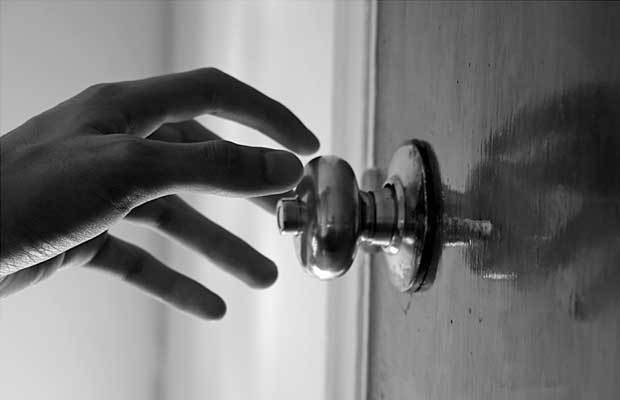
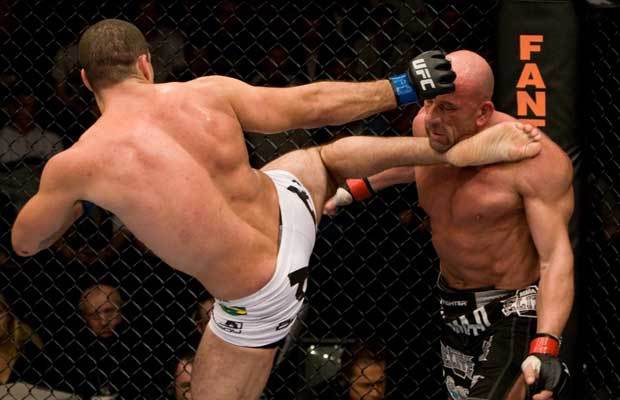



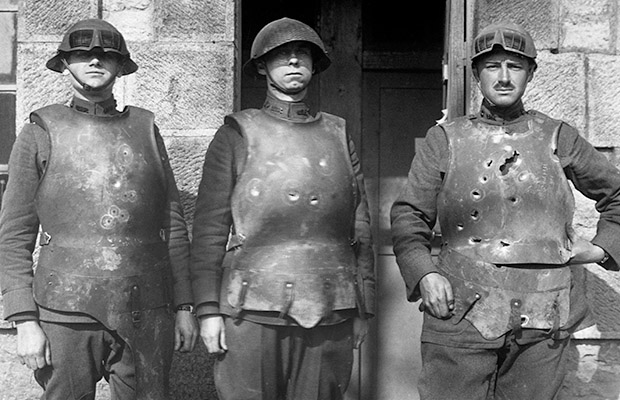
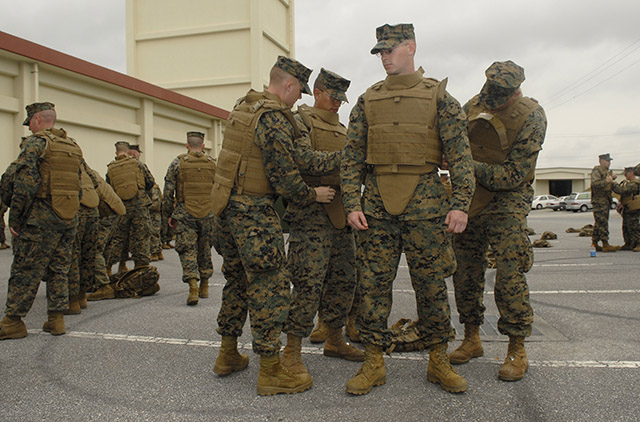 Official U.S. Marine Corps photo by Sgt. Ethan E. Rocke
Official U.S. Marine Corps photo by Sgt. Ethan E. Rocke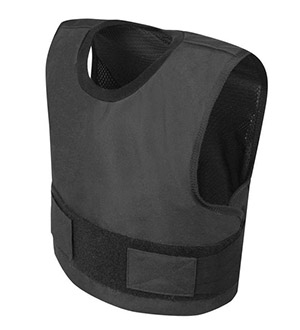
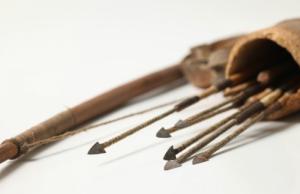
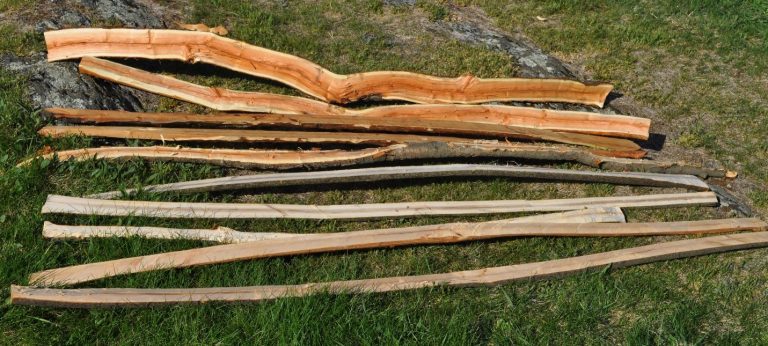 European Yew is suggested as the best material for making bows, but good old Hickory is great also.
European Yew is suggested as the best material for making bows, but good old Hickory is great also.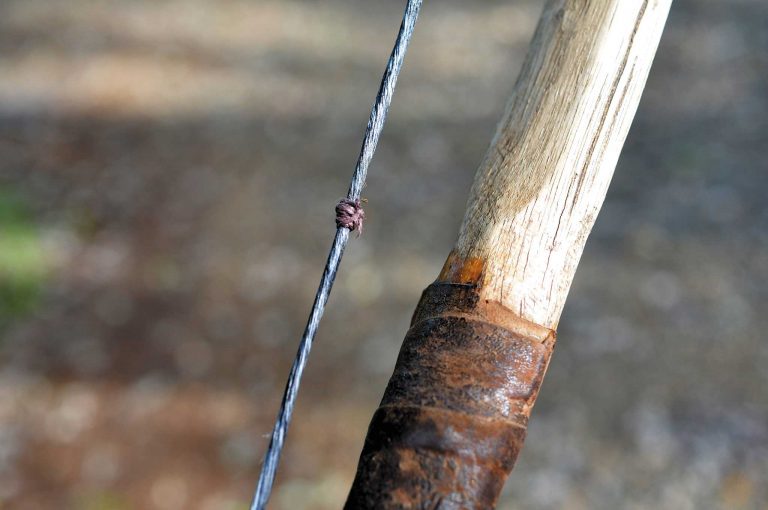
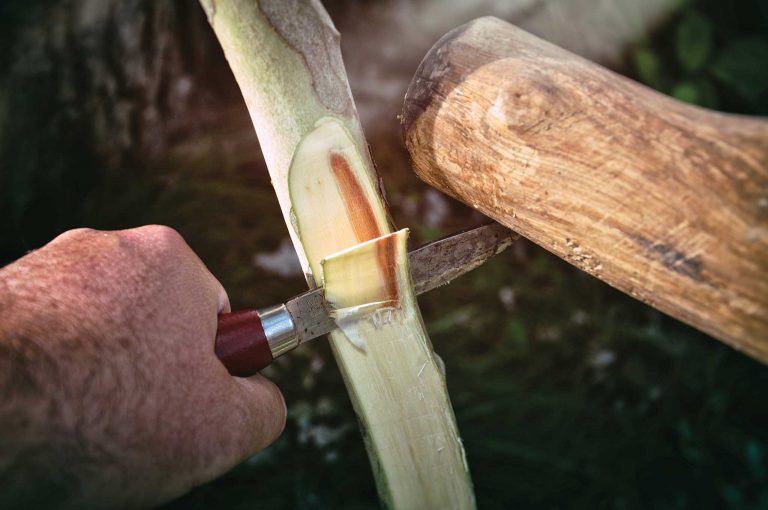
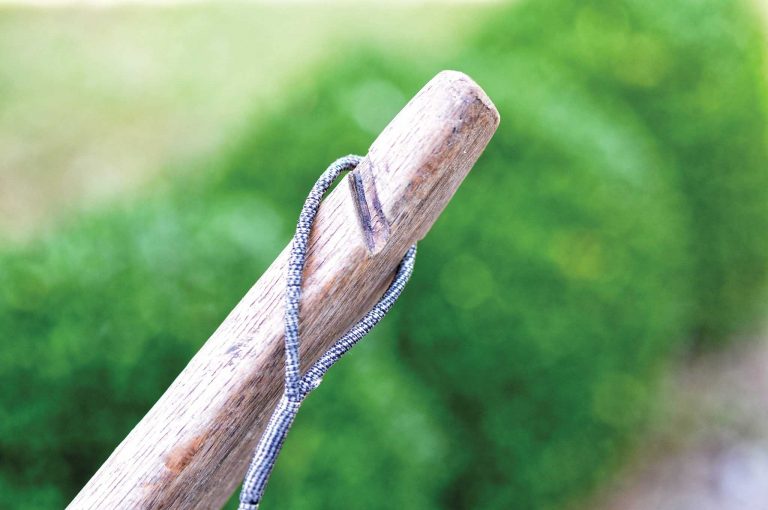
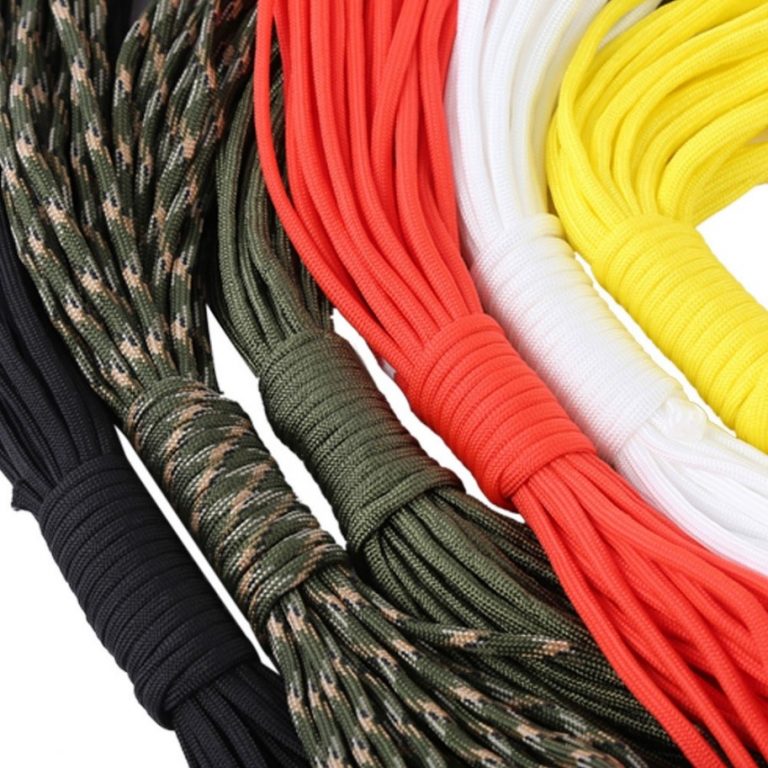
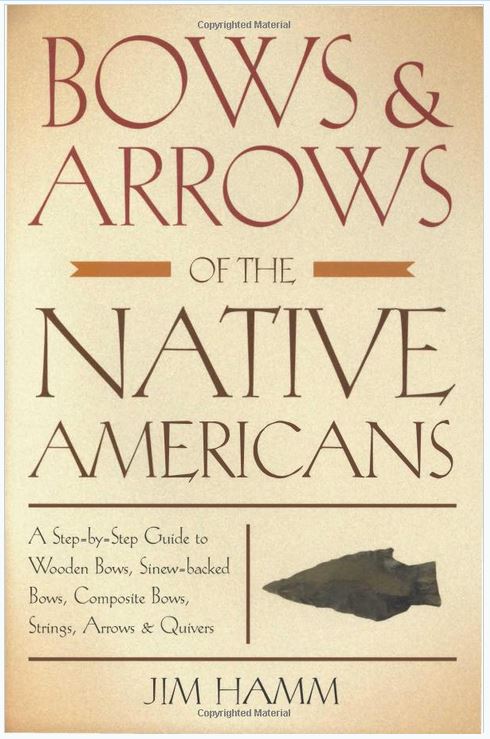
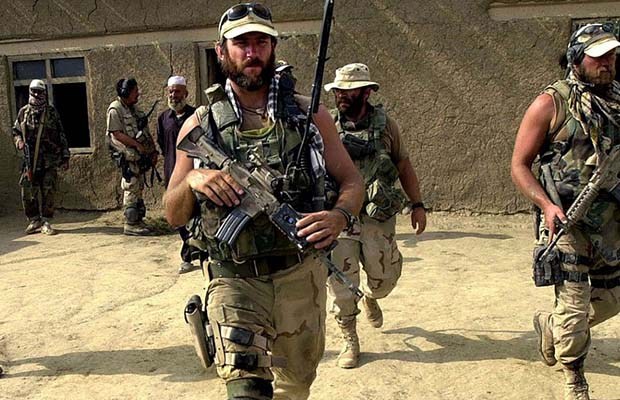
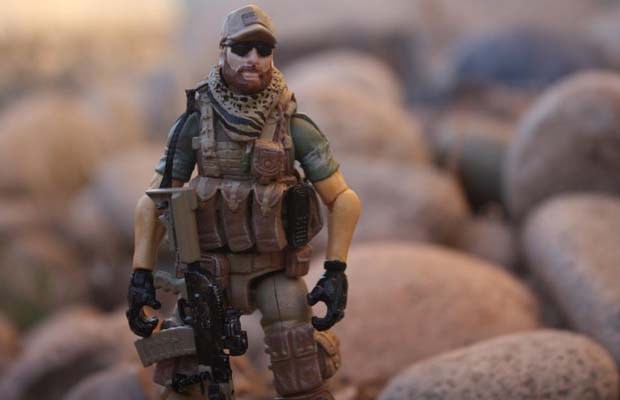 Do you envision yourself in the role of hired gun or mercenary?
Do you envision yourself in the role of hired gun or mercenary?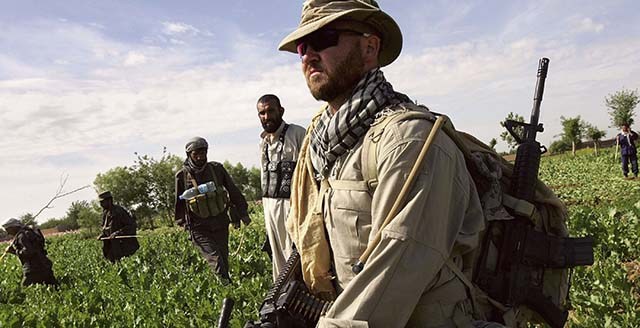
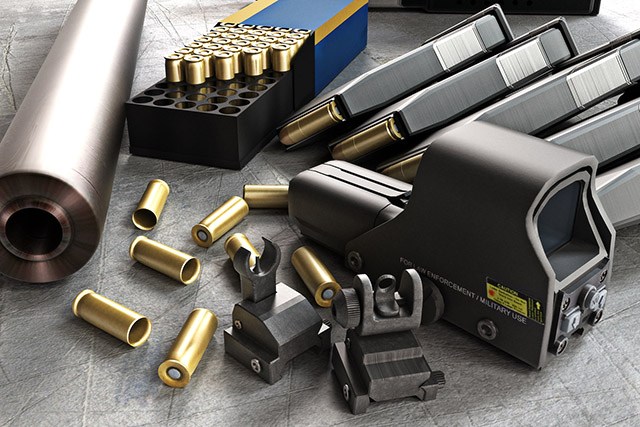
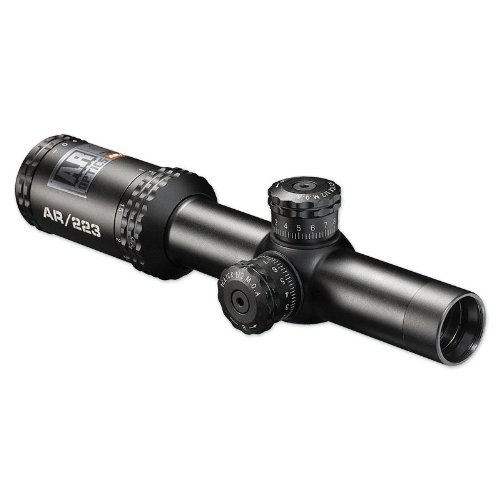 Bushnell AR Optics Drop Zone-223 Reticle Riflescope with Target Turrets, 1-4x 24mm
Bushnell AR Optics Drop Zone-223 Reticle Riflescope with Target Turrets, 1-4x 24mm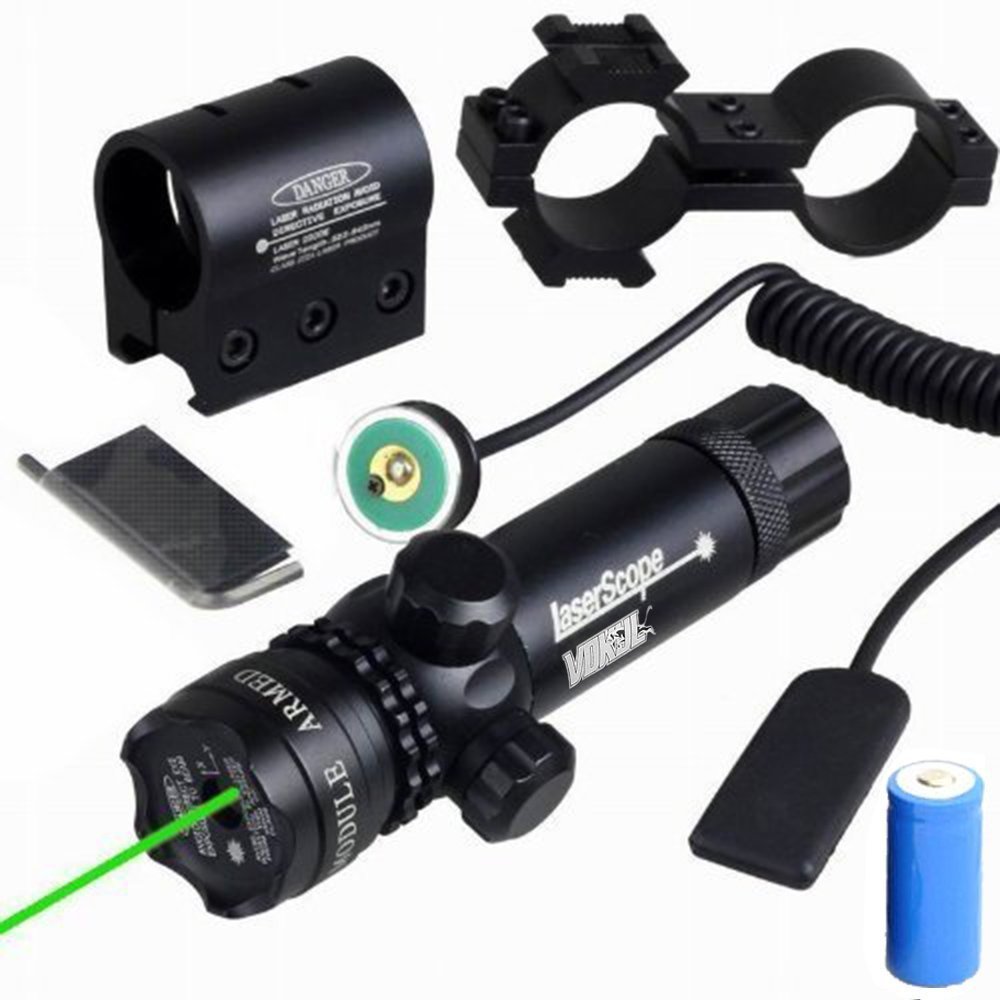 Vokul Shockproof 532nm Tactical Green Dot Laser Sight
Vokul Shockproof 532nm Tactical Green Dot Laser Sight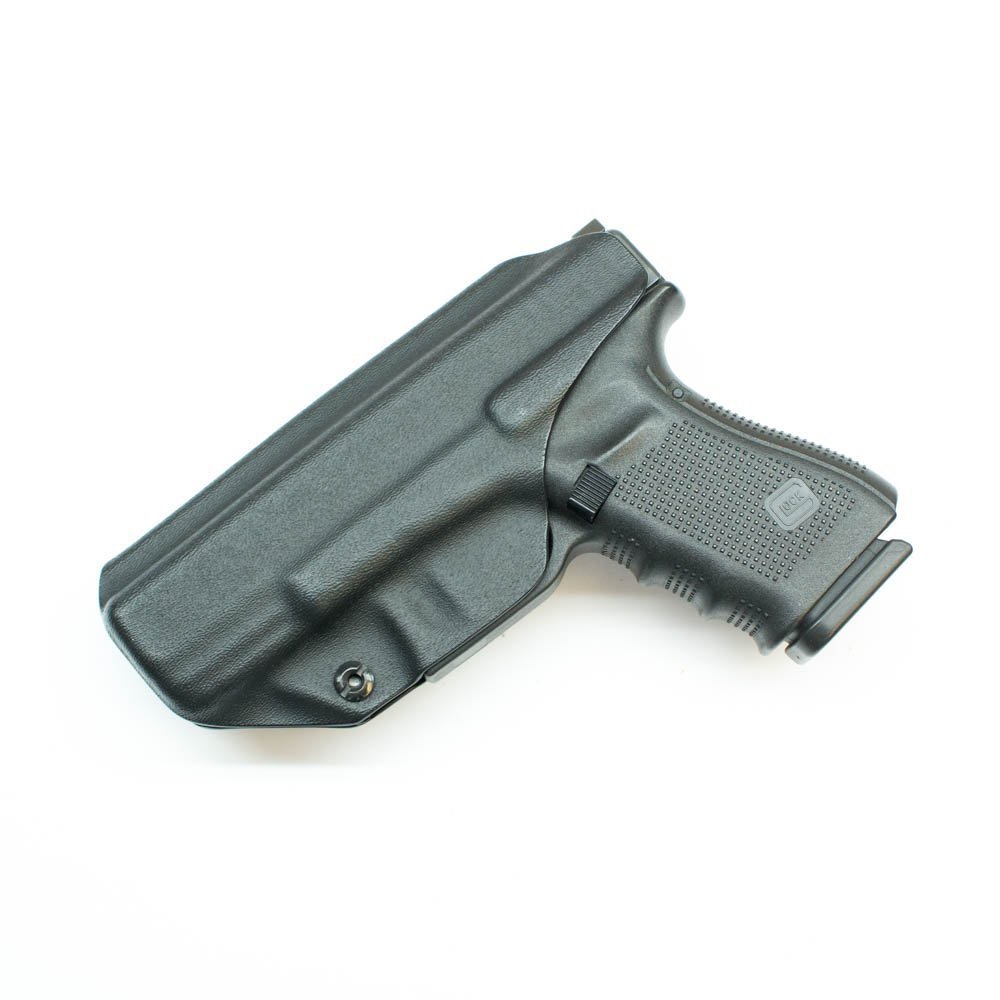 Glock 19/23/32 Holster – Tulster Profile Holster IWB
Glock 19/23/32 Holster – Tulster Profile Holster IWB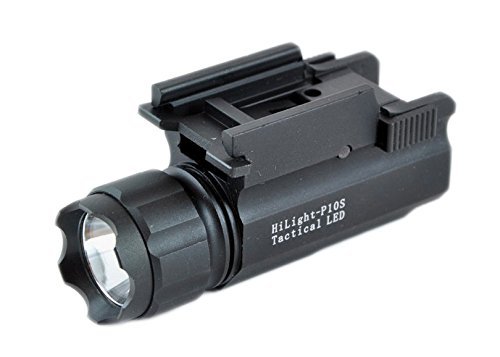
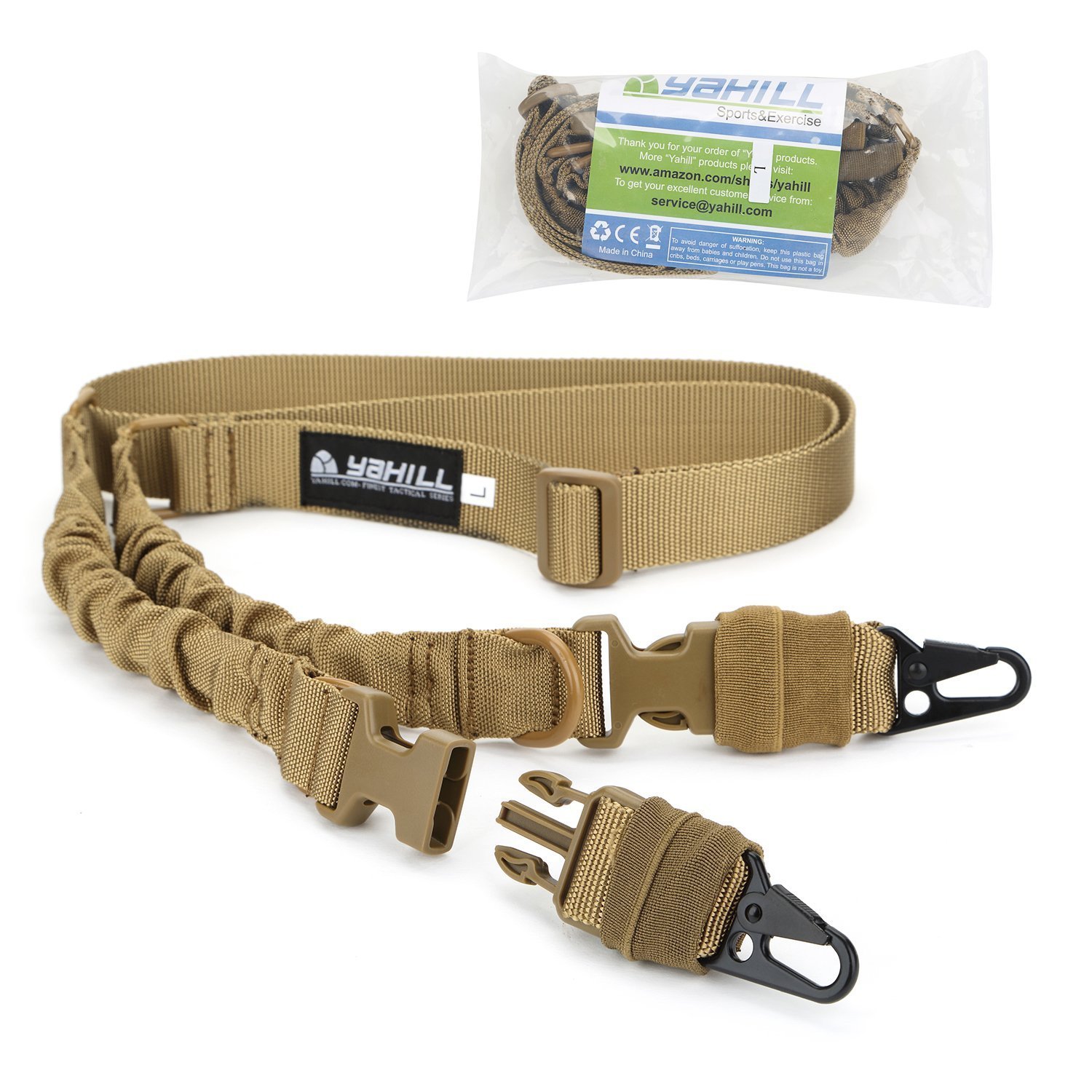 Yahill(TM) Multi-Use 2 Point 2-IN-1 Rifle Gun Sling Adjustable Strap Cord
Yahill(TM) Multi-Use 2 Point 2-IN-1 Rifle Gun Sling Adjustable Strap Cord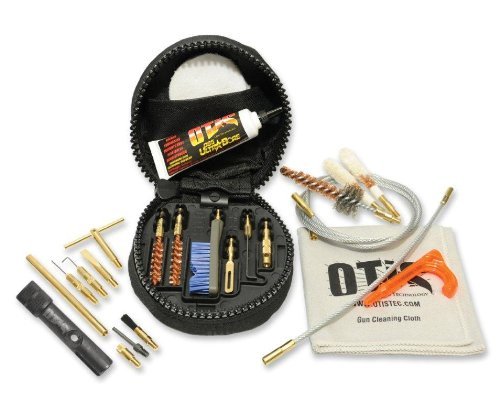
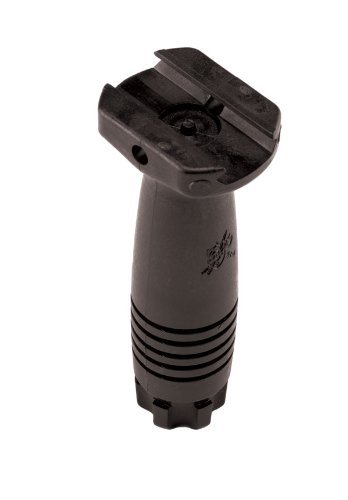 KNIGHTS ARMAMENT VERTICAL Rifle GRIP KAC
KNIGHTS ARMAMENT VERTICAL Rifle GRIP KAC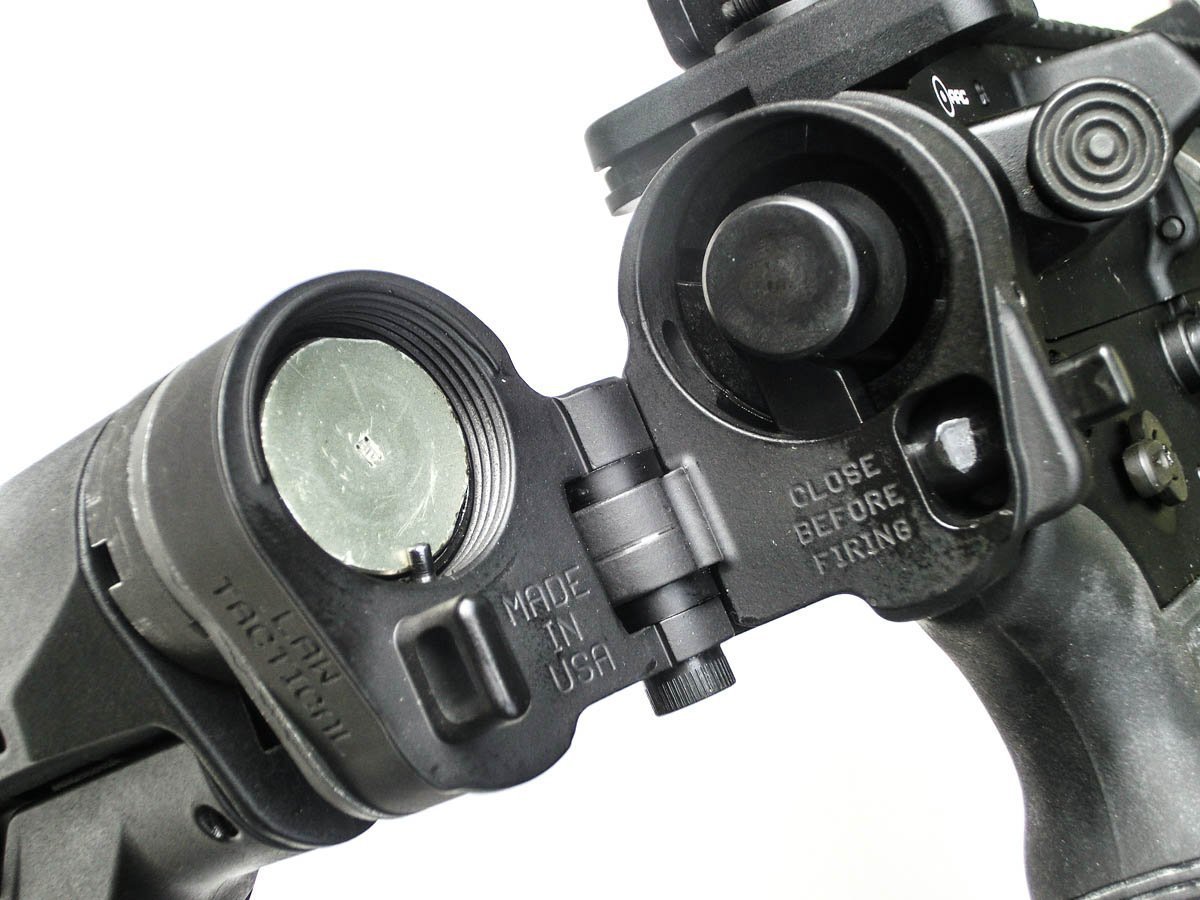 Law Tactical Gen-3M Side Folding Adapter Tool Genuine 5.56/223/308 –
Law Tactical Gen-3M Side Folding Adapter Tool Genuine 5.56/223/308 –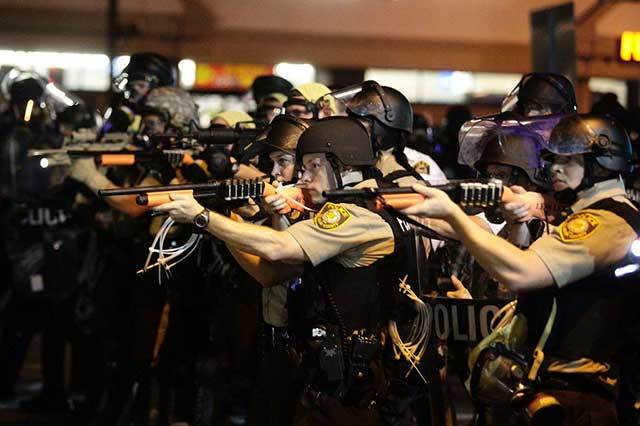
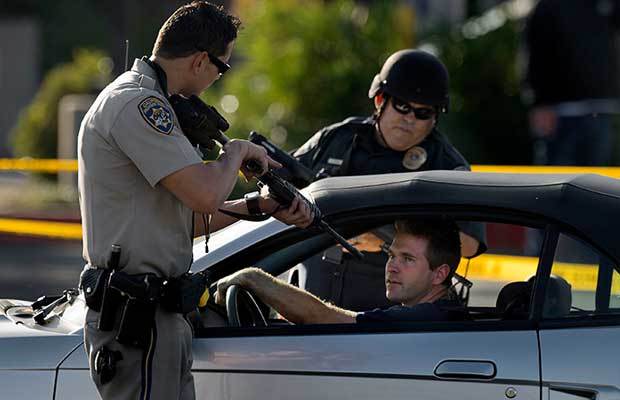 Soft body armor won’t stop rifle rounds but could be useful in many other scenarios.
Soft body armor won’t stop rifle rounds but could be useful in many other scenarios.